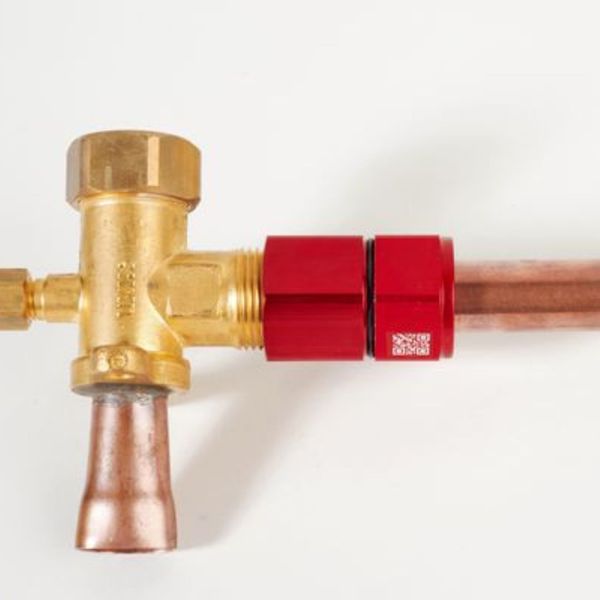Flaring in HVAC/R systems can be a hazardous activity if not done correctly and with the utmost safety precautions in place. At SmartLock, our team is dedicated to providing HVAC/R fittings --- specifically flareless fittings to decrease the dangers associated with flaring or brazing.
Our flareless fittings provide a superior alternative to traditional flaring methods, as they require no heating or brazing. SmartLock fittings are designed to provide a leak-free connection with zero risk of gas leakage. The fittings are easy to install and require minimal maintenance. Plus, they are designed to meet the industry's highest standards and are certified to UL, NSF, and CE standards.
SmartLock fittings are the perfect solution for those who are looking for a safe and reliable connection for their HVAC/R systems. Thanks to our unique design, these fittings are the most cost-effective and reliable option for any HVAC/R application. Keep reading to learn more about the overlooked dangers of flaring and how our fittings can provide a safer working environment.



